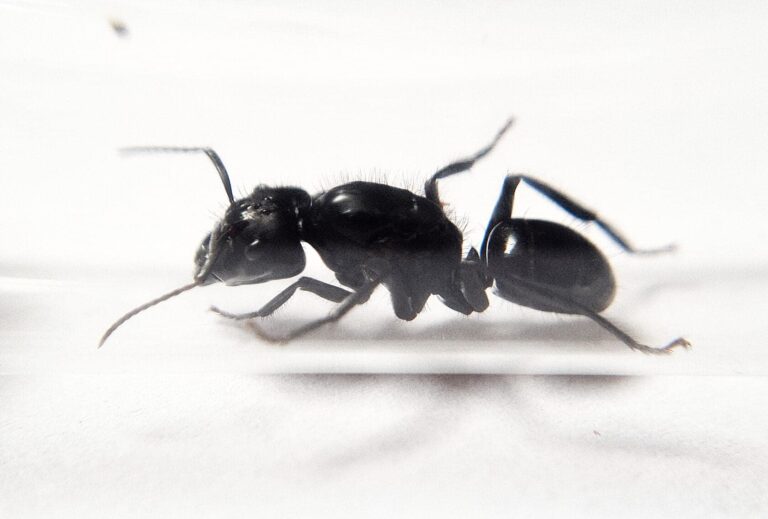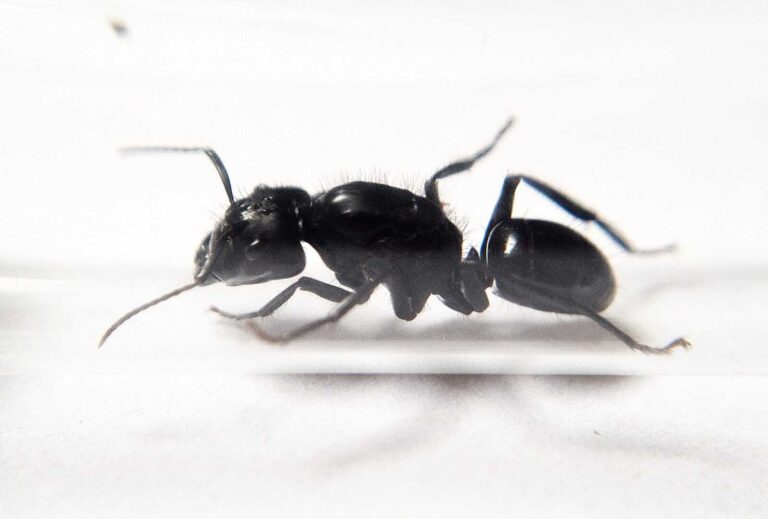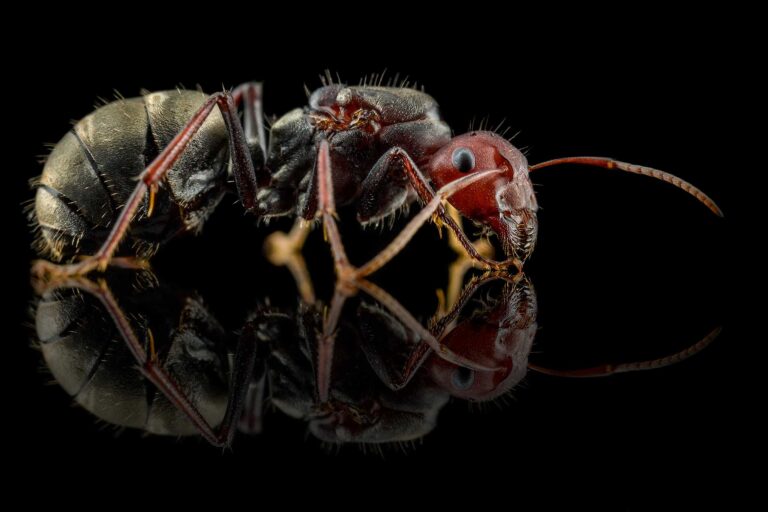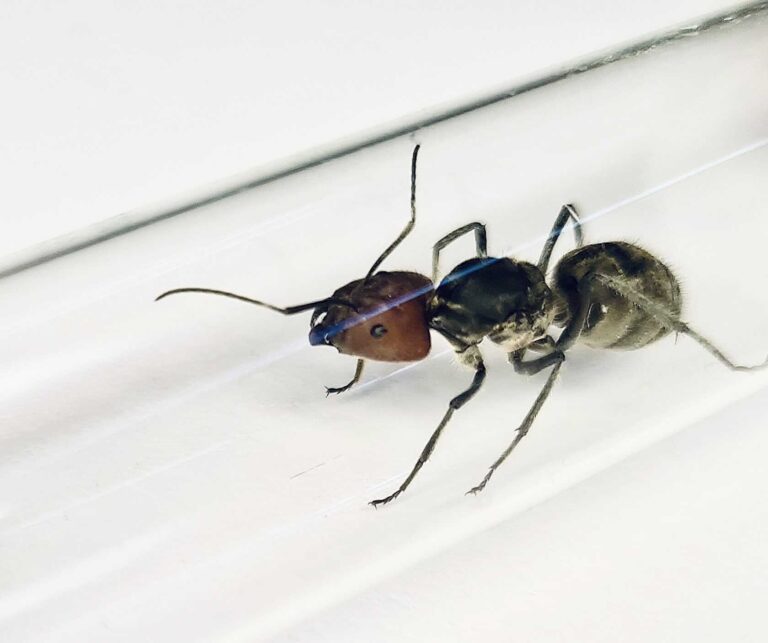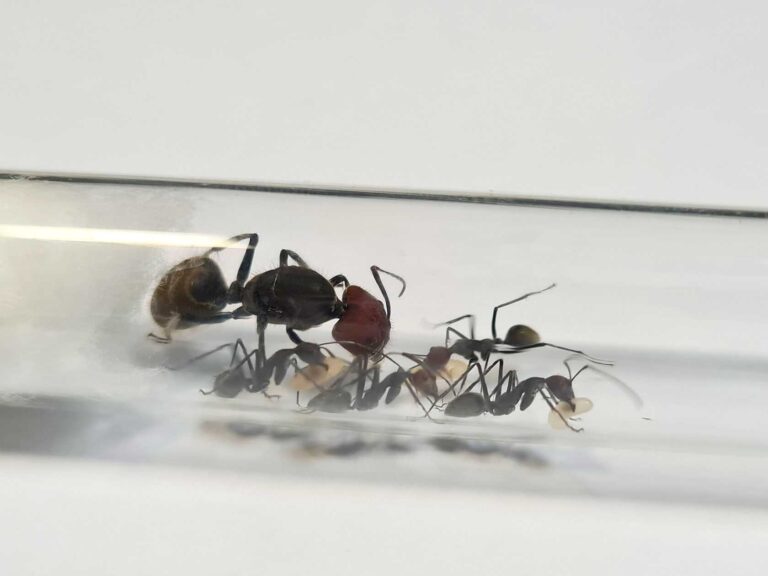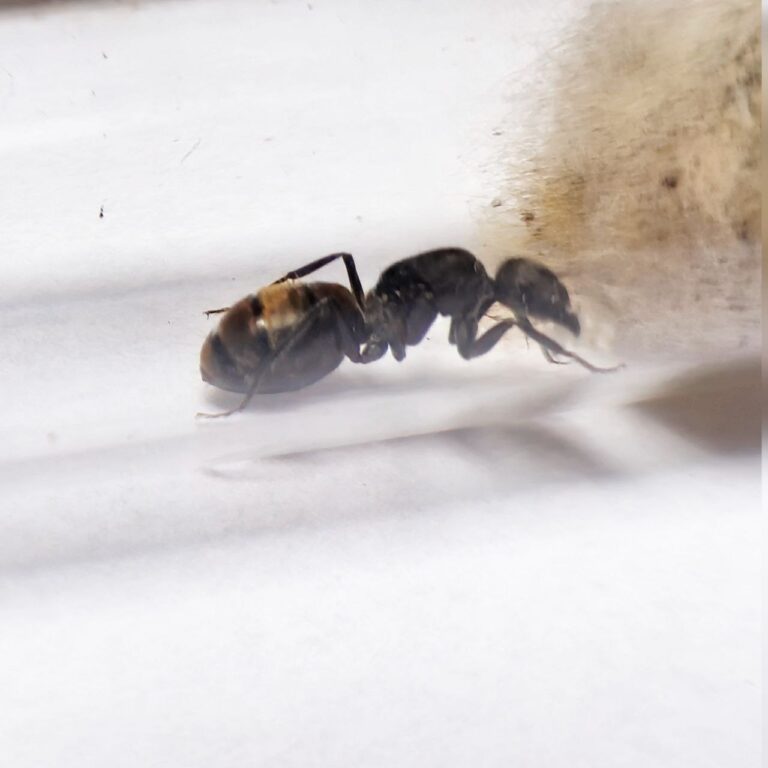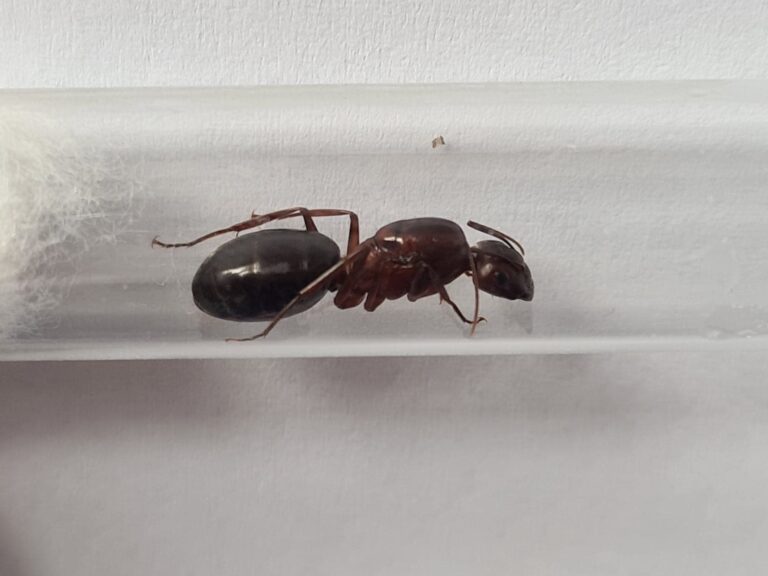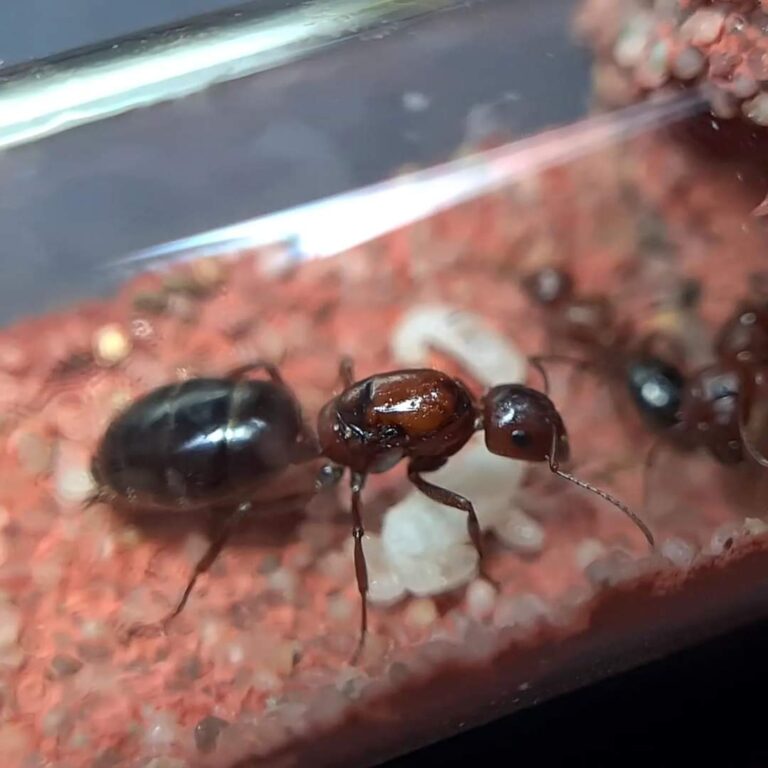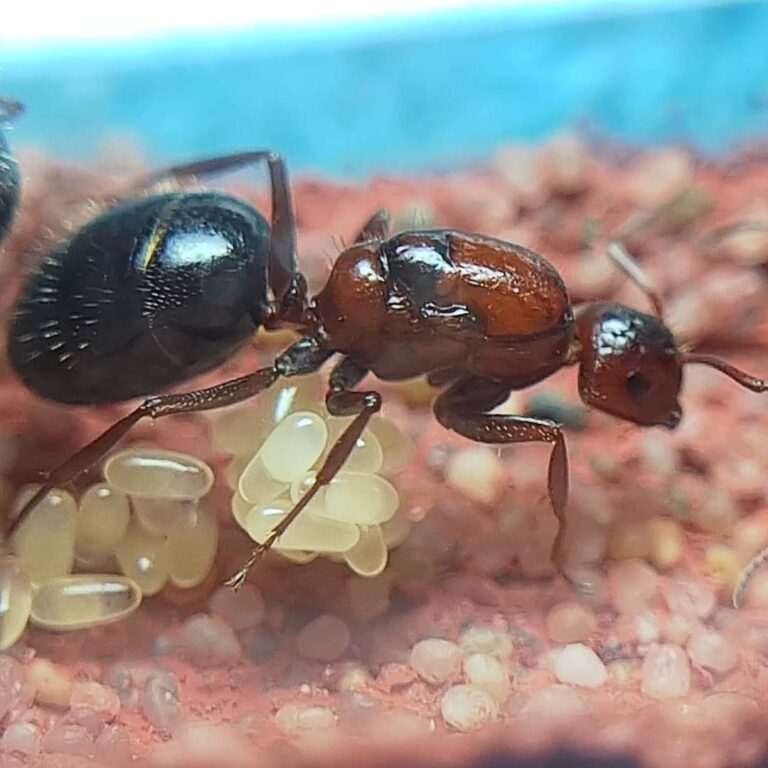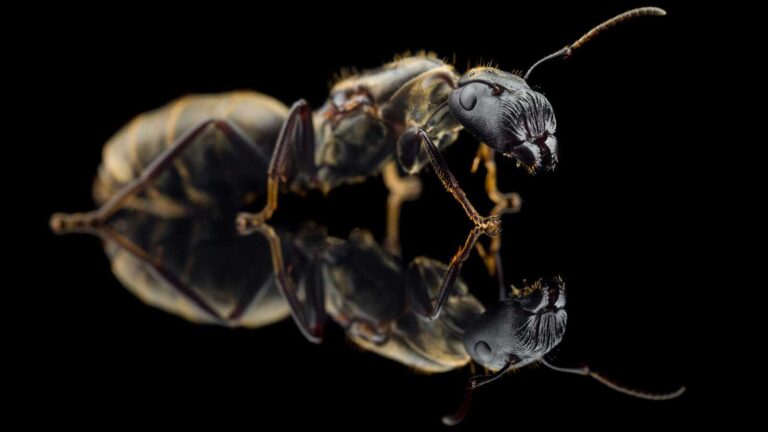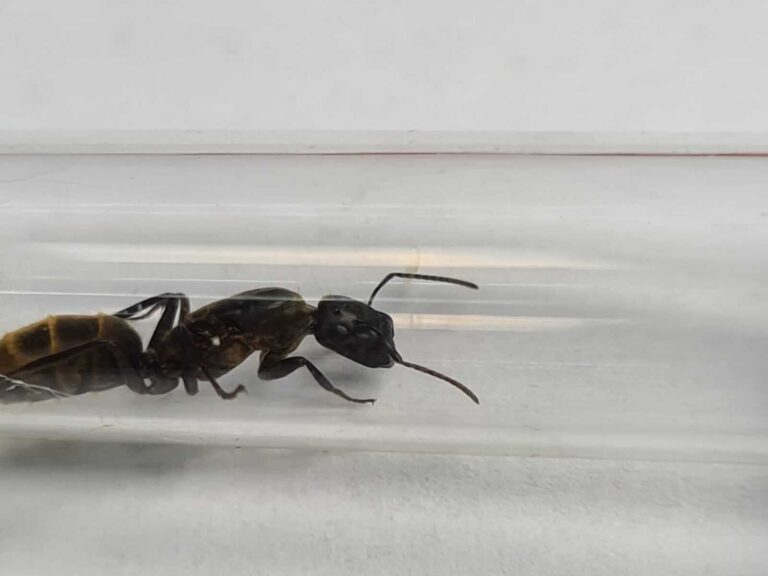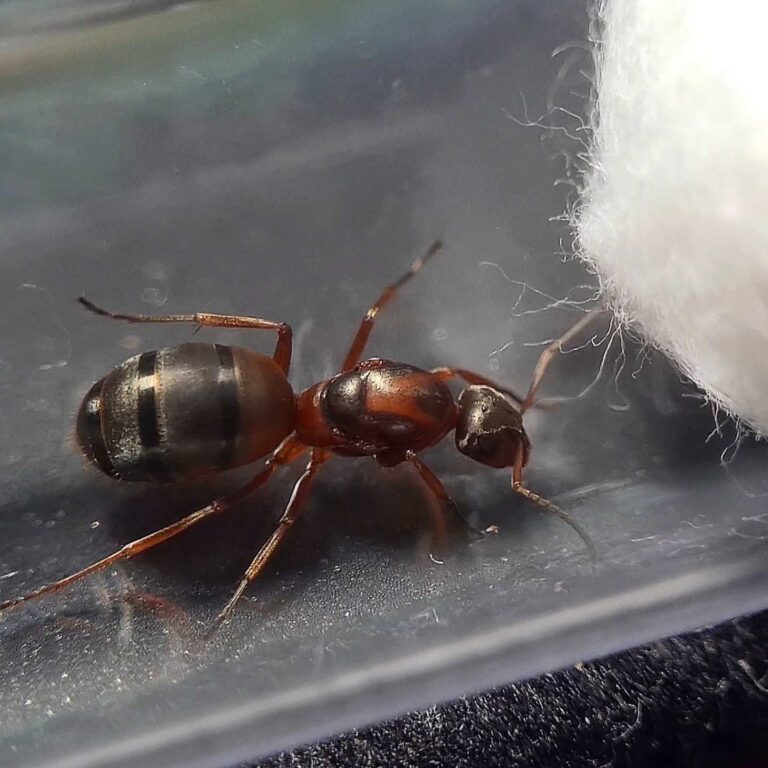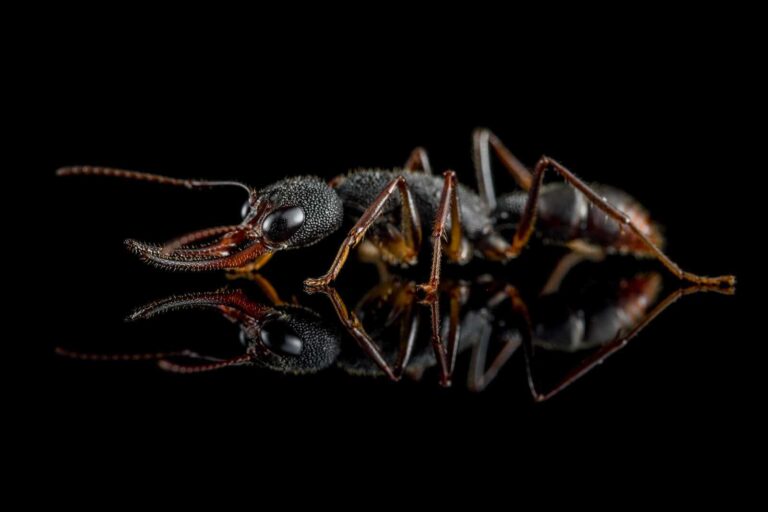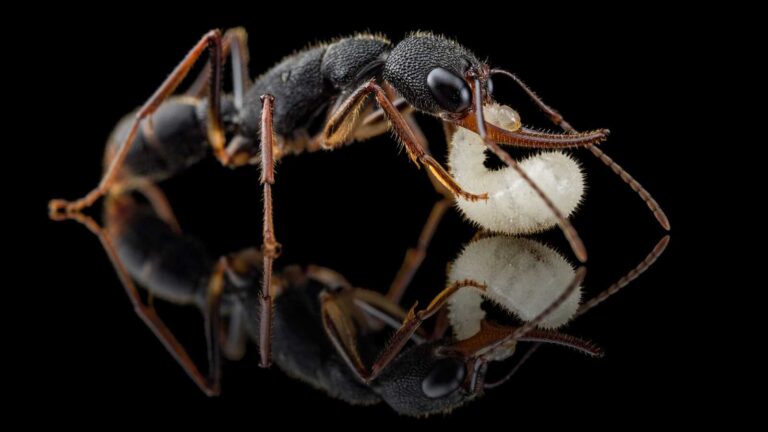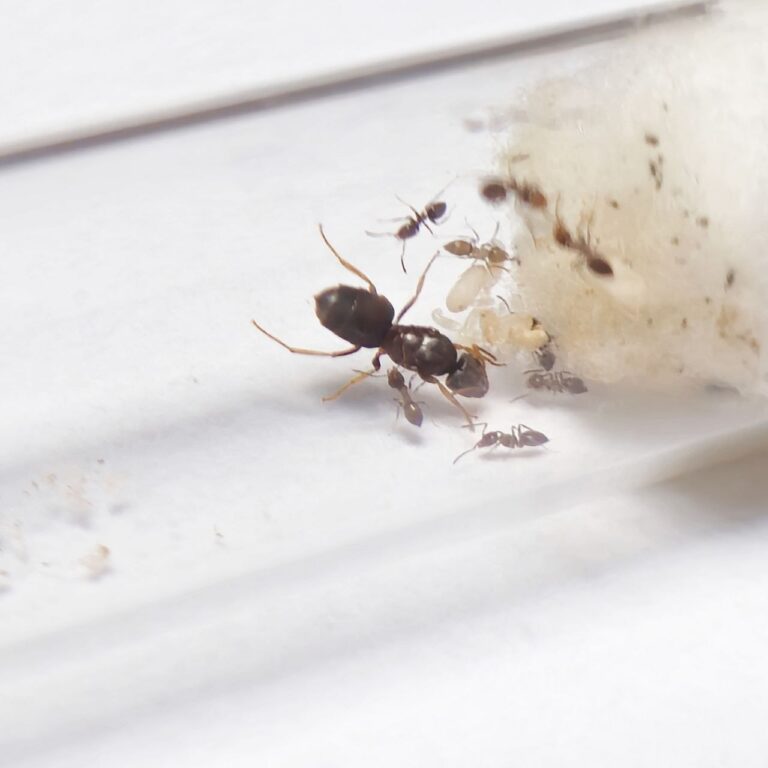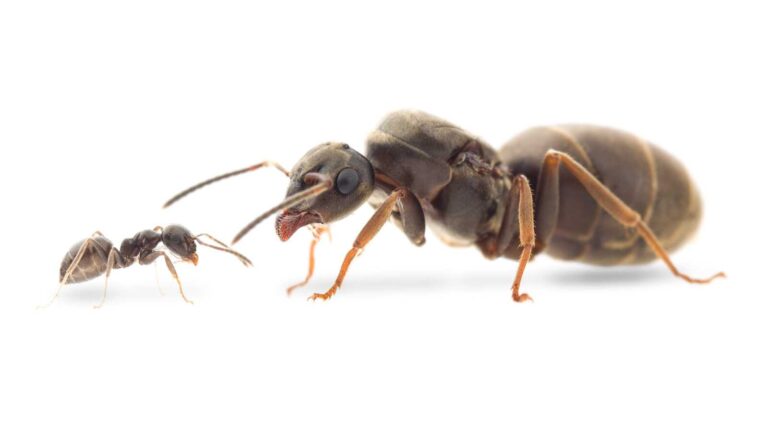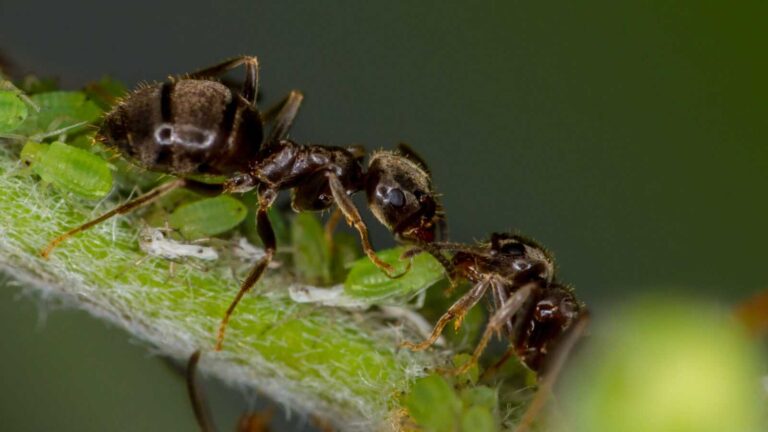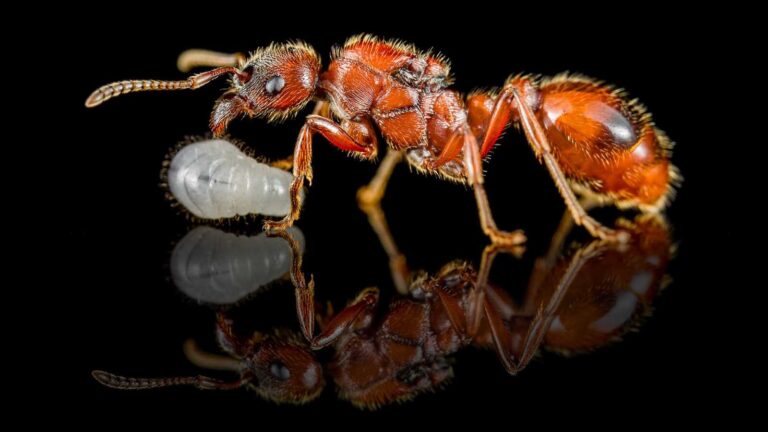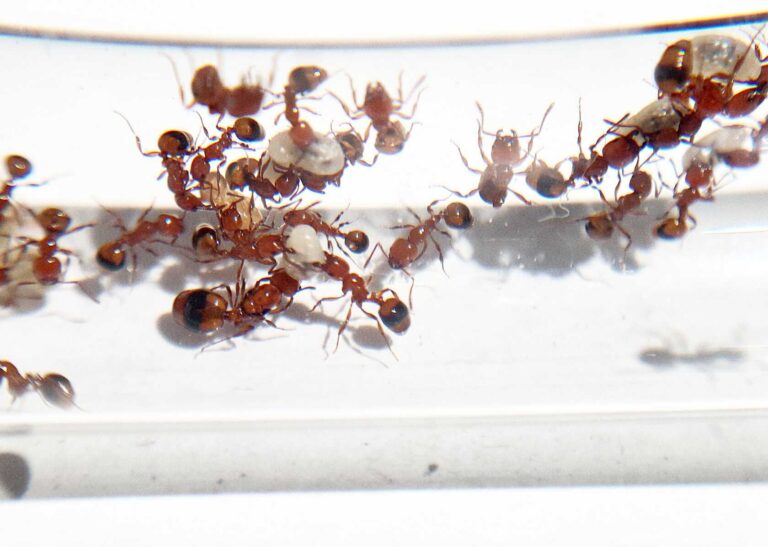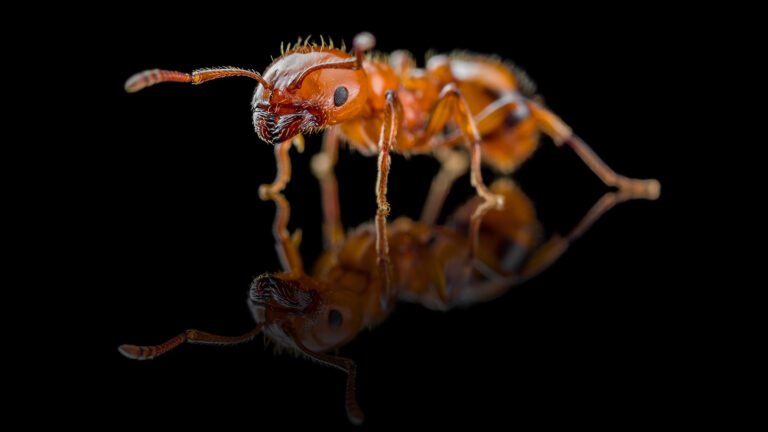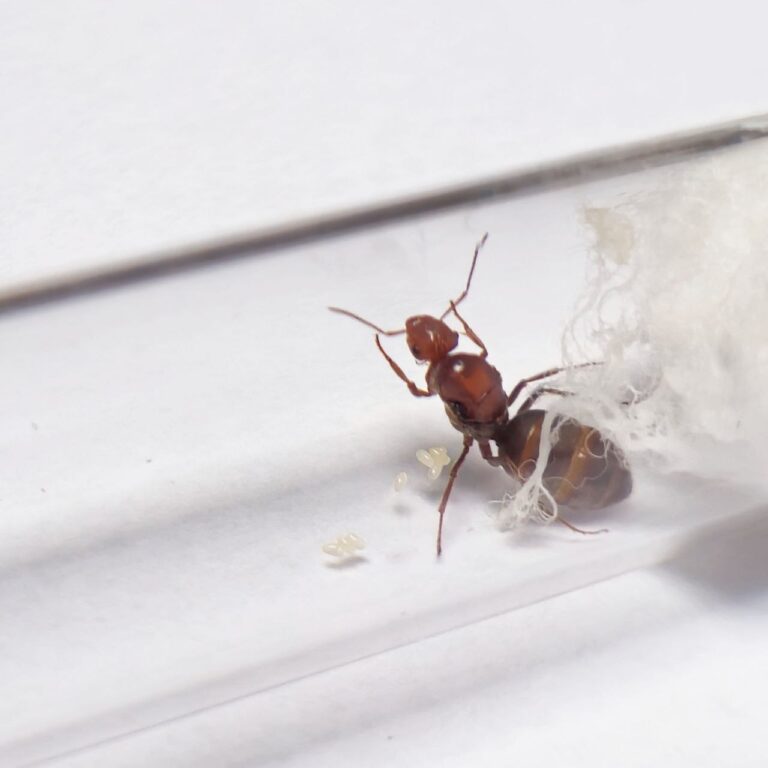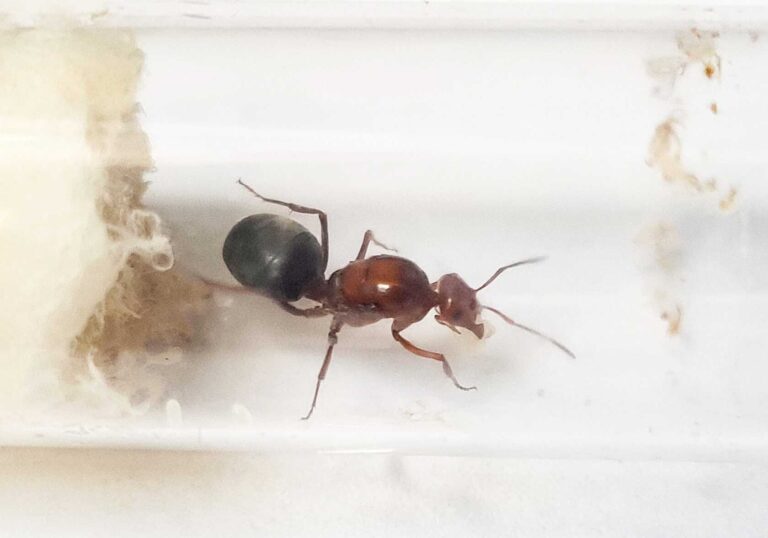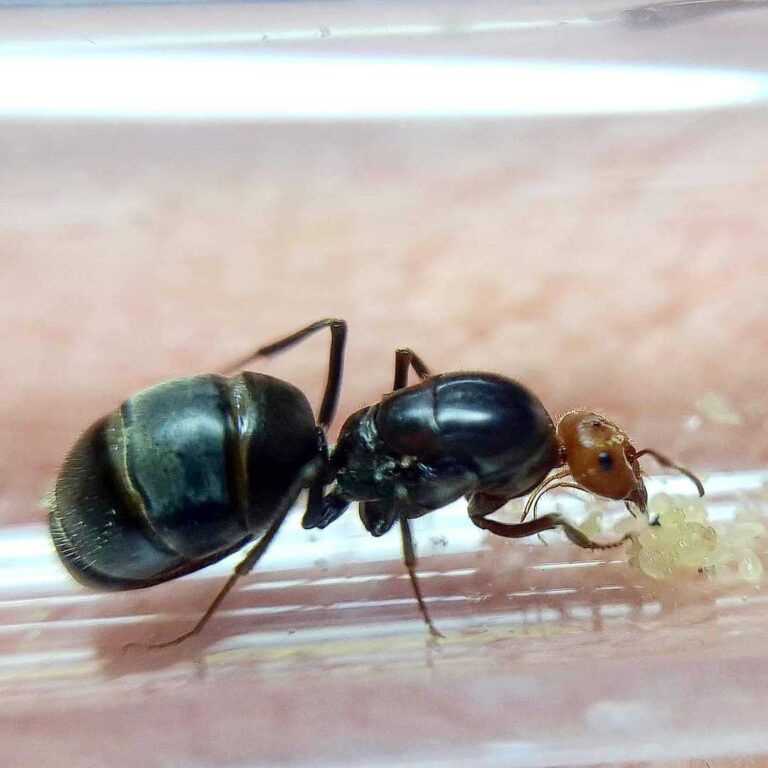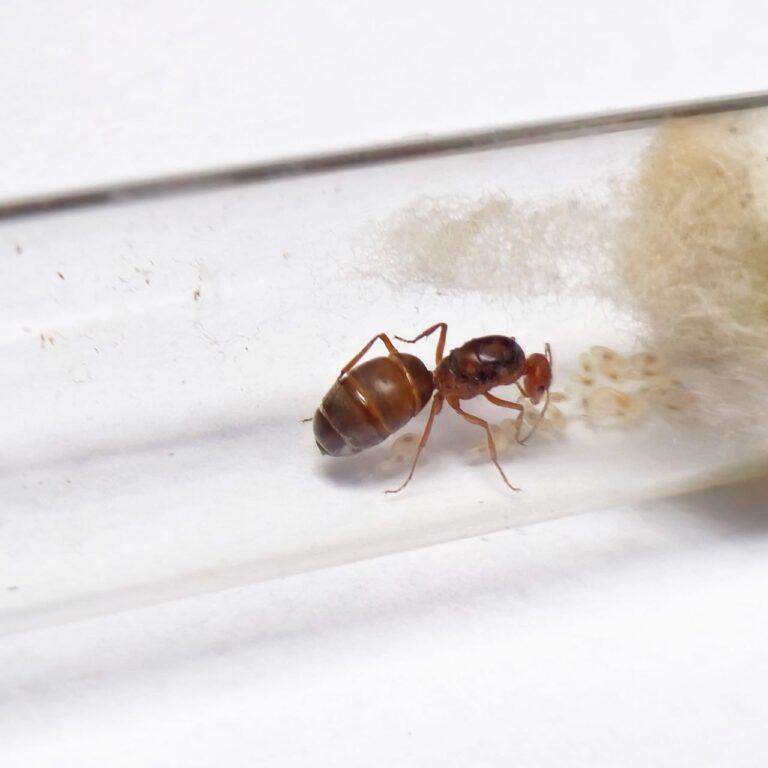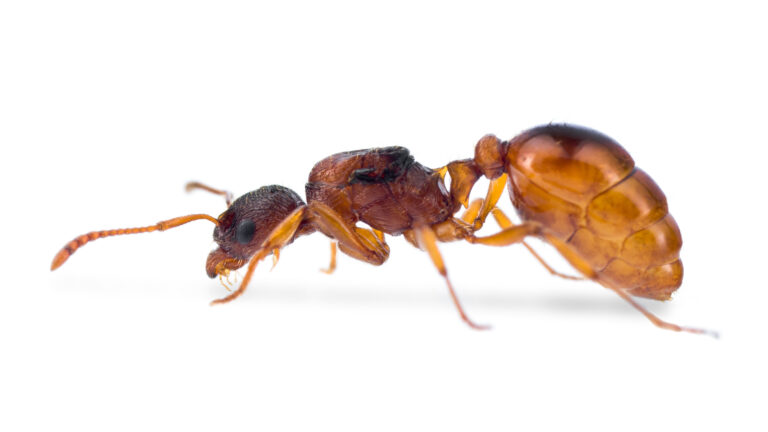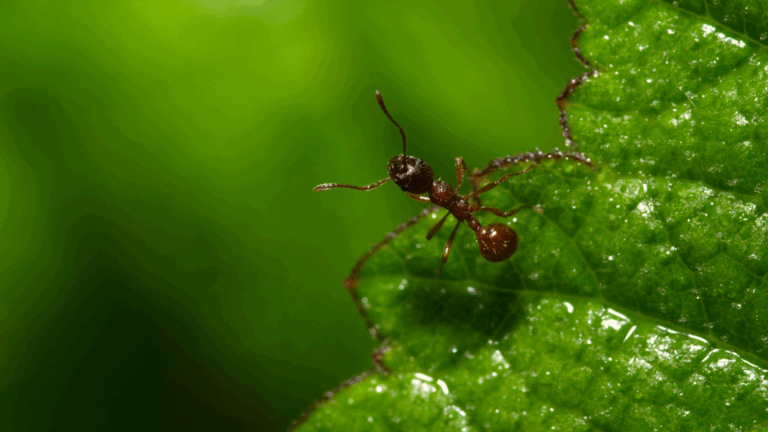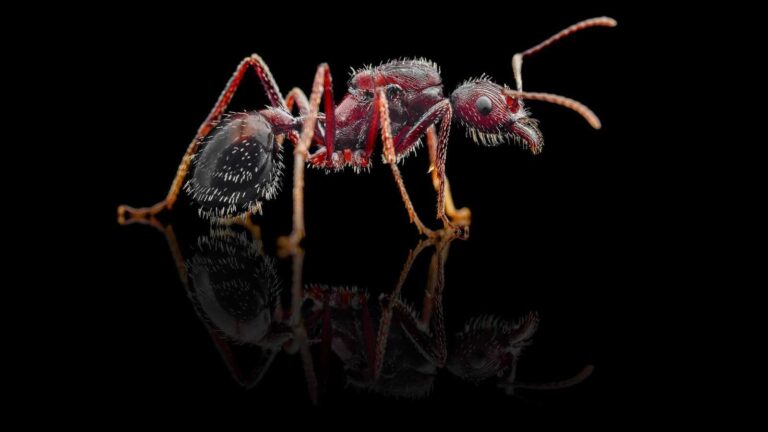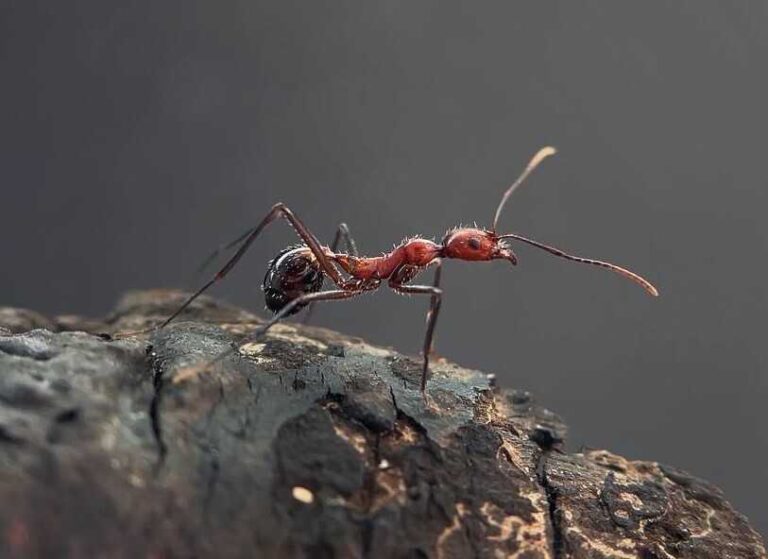Showing 21–40 of 126 results
- Queen 119
- Queen and 1-50 workers 7
- Queen and 1-3 workers 116
- Queen and 4-10 workers 115
- Queen and 11-20 workers 115
- Queen and 21-40 workers 115
- Queen and 41-60 workers 112
- Queen and 61-100 workers 74
- Queen and 51-100 workers 7
- Queen and 101-200 workers 16
- Queen and 201-500 workers 9
- Queen and 501-1000 workers 3
- 2 Queens 12
- 2 Queens and 1-50 workers 6
- 2 Queens and 1-3 workers 9
- 2 Queens and 4-10 workers 9
- 2 Queens and 11-20 workers 9
- 2 Queen and 21-40 workers 8
- 2 Queens and 41-60 workers 8
- 2 Queens and 61-100 workers 4
- 2 Queens and 101-200 workers 7
- 2 Queens and 51-100 workers 6
- 2 Queens and 201-500 workers 5
- 2 Queens and 501-1000 workers 1
- 3 Queens 4
- 3 Queens and 1-50 workers 6
- 3 Queens and 1-3 workers 3
- 3 Queens and 4-10 workers 3
- 3 Queens and 11-20 workers 3
- 3 Queens and 21-40 workers 3
- 3 Queens and 41-60 workers 3
- 3 Queens and 61-100 workers 2
- 3 Queens and 51-100 workers 6
- 3 Queens and 101-200 workers 7
- 3 Queens and 201-500 workers 5
MicroMicro 9
SmallSmall 23
MediumMedium 65
LargeLarge 28
HugeHuge 1
Camponotus satan is a black ant species with a monogynous colony type and can have a colony size of up to 5,000 workers. The ants have a fast development speed and the queen measures 18-21mm, while the workers range from 7-14mm and the majors measure 13-19mm. They are primarily fed food insects, syrup, fruits, vegetables, jelly, and cooked chicken without salt.
Camponotus sericeus is a monogynous ant species with colony sizes of up to 5000 workers. They have an average development speed. The queen measures 13-15 mm, workers measure 5-8 mm, and majors measure 8-11 mm. They have a dark gray color with thick golden hairs on the abdomen and a slightly red head. Their nutrition consists of food insects such as cockroaches and crickets, as well as syrup made from a water/honey mixture at various ratios.
Camponotus singularis is a monogynous ant species with a colony size of up to 1000-2000. Their development rate is slow. Queens measure 22-24 mm, workers are 9-13 mm, and majors range from 14-22 mm. They have a black color with reddish brown heads and noticeable hair. They primarily feed on food insects like cockroaches and crickets, as well as syrup and fruit.
Camponotus pseudolendus is a monogynous ant species with colonies of up to 10,000 workers. They develop at a moderate to fast pace and show clear polymorphism. Queens typically measure around 17–19 mm, workers range from 5 to 11 mm, and majors can reach 12–14 mm.
Camponotus tonkinus is a monogynous ant species with colonies reaching up to 15,000 workers. They exhibit a moderate to fast development speed. The queen measures approximately 17–19 mm in length, while workers range from 6 to 9 mm. Their head and gaster are black, contrasting with a reddish-brown thorax, giving them a distinctive bicolored appearance. They feed primarily on insects, sugary liquids, fruit, jelly, and protein-rich foods such as cooked chicken or egg.
The Camponotus turkestanicus is a monogynous ant species with colony sizes of up to 2000 workers. They have a medium development rate and their queen measures 12-14 mm, while workers measure 7-12 mm. They are brown in color and their diet consists of food insects, syrup, fruits, vegetables, jelly, and cooked chicken without salt.
The Camponotus vanispinus colony is monogynous and can grow up to 5,000 workers. They have a medium development rate. The queen is 12-13 mm in size, while workers are 4-8 mm and majors are 8-11 mm. Their color is red with a black abdomen. They mainly consume food insects, syrup, fruits, vegetables, jelly, and cooked chicken.
The Colobopsis leonardi ant colony is monogynous and has a medium-sized population of 500-2000 workers. The queen measures 11-14 mm while the workers measure 4-8 mm. These ants are black with a silky sheen and fluffy appearance. They can be fed food insects, syrup, fruits, vegetables, jelly, and cooked chicken without salt.
Formica rufibarbis is a polygynous ant species with colony sizes of up to 5000 workers. They have a medium development rate and queens measure 8-11mm, while workers measure 4-8mm. The ants have a black abdomen, brown back with black spots. They feed on food insects, syrup, fruit, vegetables, jelly, and cooked chicken.
The Harpegnathos venator colony is polygynous and can have up to 400 workers. They have a medium development rate and are typically 13-17mm for the queen and 13-16mm for the workers. These ants have an orange body with a black abdomen and their nutrition consists of food insects, syrup, fruits, vegetables, jelly, and cooked chicken without salt.
Lasius illyricus is a calm, monogynous ant species forming medium-sized colonies. These ants thrive on a balanced diet of insects and sugars, build nests underground or under stones, and are easy to raise in soil-based formicaria. Great for beginner and intermediate keepers.
Lasius niger is a type of ant known for its colony type, size, development rate, size, coloration, nutrition requirements, humidity and temperature preferences, and recommended nests for breeding.
Manica rubida Colony Type: Monogyn Colony Size: Up to 5000 workers Development Speed: medium
Size and Color:
- Queen: 9-13 mm
- Workers: 6-10 mm
Color: red-orange
Monomorium latastei is a fast-developing ant species that forms polygynous colonies of around 100,000 individuals. The ants are small in size, with queens measuring 6-8 mm and workers ranging from 4.5-5 mm. They have an orange color with a black stripe on the abdomen. Their diet consists of food insects, fruits, vegetables, and syrup. These ants thrive in an arena with a humidity level of 30-50%.
Myrmecocystus kennedyi is a monogynous ant species with colonies reaching up to 5,000–8,000 workers. They develop at a moderate pace. The queen measures approximately 12–14 mm in length, while workers range from 4.5 to 7 mm. Their body is typically light to reddish-brown, with a slightly darker gaster, and they have a somewhat glossy appearance. As with other species in the genus, repletes (specialized workers that store food) may be present in mature colonies. Their diet consists of insect prey, sweet substances like nectar or syrup, fruit, jelly, and protein-rich foods such as cooked egg or chicken.
Myrmecocystus mimicus is a polygynous colony of ants with a medium development rate. The queen is 10-12mm in size, while the workers are 4-8mm. They have a red head and black body. They feed on food insects, fruits, vegetables, and seeds. The humidity in their arena should be 50-70% and in their nest 70-90%. The temperature should be regulated accordingly.
Myrmecocystus placodops is a redhead ant species with a black body. The colony is monogyny and consists of 10,000 workers. These ants primarily feed on food insects, fruits, vegetables, and seeds. They require a humidity level of 50-70% in the arena and 70-90% in the nest. The size of the queen is 14-16mm and the workers range from 6-11mm. The development rate of this species is medium.
Myrmecocystus wheeleri is a monogynous ant species with colonies reaching up to 6,000–10,000 workers. They exhibit a moderate development speed. Queens measure approximately 12–14 mm in length, while workers range from 4.5 to 7 mm. Their coloration is generally light to reddish-brown, with a darker, often slightly translucent gaster. Like other species in the genus, they may develop repletes—workers specialized in storing liquid food. Their diet includes small insects, sugary liquids like nectar or syrup, fruits, jelly, and protein-rich foods such as cooked chicken or egg.ir diet includes small insects, sugary liquids like nectar or syrup, fruits, jelly, and protein-rich foods such as cooked chicken or egg.
Myrmica rubra is an aggressive, fast-moving species perfect for experienced antkeepers. Its high colony growth, polygyne structure, and active foraging behavior make it exciting to observe. Best suited for those prepared for regular maintenance and who enjoy a more challenging species with real fire-ant personality.
The Novomessor cockerelli is a monogynous ant species with colony sizes of up to 5000 workers. They have a medium development speed and are characterized by queens measuring 12-14 mm and workers measuring 7-10 mm. These ants are red with a black abdomen and feed on forage insects, fruits, and seeds. They prefer a humidity level of 60-80% in the arena and 50-70% in the nest.


